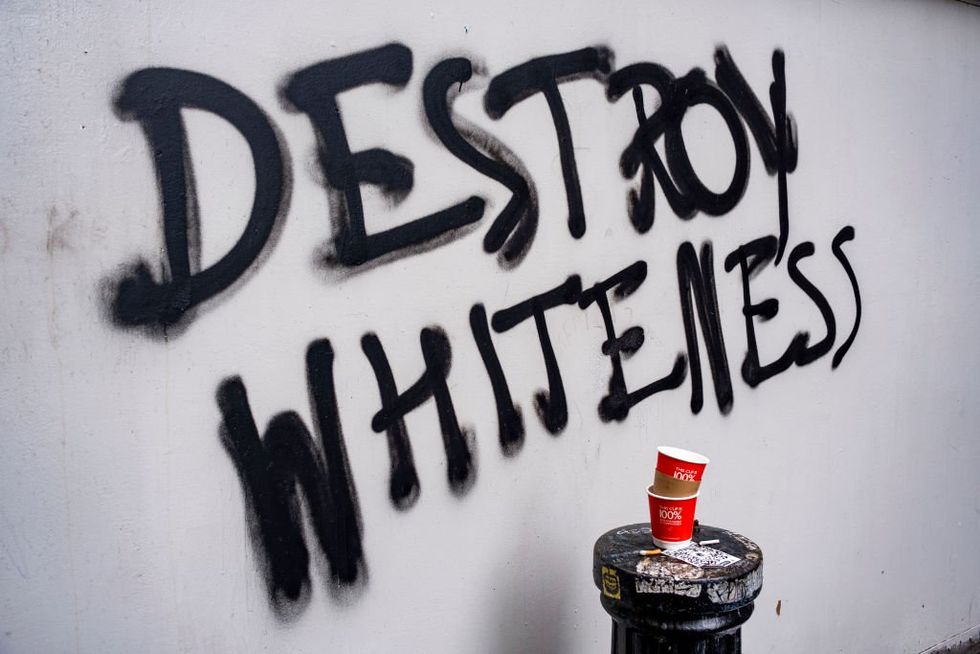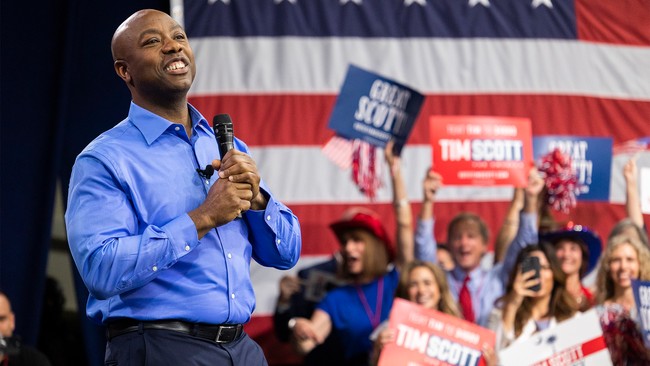
www.theblaze.com
Elite colleges are anti-white; here's what to do about it
In my first month of college, I was banned from a debate tournament because I’m white.
The club president was an Indian kid who had interned at Goldman Sachs over the summer. He somberly told the entire room that white kids were winning too much and that it was unfair to minorities.
If the Democrats pander to young black people, then the Republicans must pander to young, gifted white males — themselves a minority whose potential is increasingly wasted.
I had two thoughts at the time:
1. How dare you treat white people like this, Devesh. (His name was actually Devesh.) You live in America. The only reason your family left India is because white people made the United States an infinitely better country. Show some respect to them.
2. Is there any group hated more than young, gifted white men?
No room for debate
College debate now requires trigger warnings before each round. If you don’t provide them, you automatically lose. Tournaments now revolve around topics like “queerness in 'Wuthering Heights'" and “How do we eliminate whiteness?”
Leftist ideology has ruined an activity that once served as an opportunity for intelligent white kids to demonstrate excellence, become recognized, and enter the elite.
How can young, gifted white men demonstrate excellence these days? The system has completely abandoned them. If they manage to get into an elite university, they quickly realize how unwelcome they are.
Return to risk
In my freshman year, I attended an information session for law school. Everything I heard for 45 minutes was about “women in law” and “Black Students Association.” It dawned on me how everything has become feminized and anti-white, from something as subtle as the cutesy and intentionally unintimidating design of the PowerPoints to the explicit and unapologetic discrimination against white men.
Young white men have subconsciously recognized that originality and risk-taking are strictly frowned upon. They can climb the ladder if they always obey directions, but they will never be great. They’ll merely be another cog in the machine, eternally replaceable and subject to ridicule.
This realization has done profound damage to the psyche of white men, and I think it’s one of the greatest crises of our time. All of this presents a unique opportunity for the Republican Party. Currently, there is a severe shortage of young Republican leaders.
Geriatric Old Party
You watched the Republican National Convention. How many of the headline speakers were under the age of 40? Compare that to the Democratic National Convention. Say what you want about the Democrats, but they have the future in their grasp. When the Boomers are gone, what will the Republicans do? Do they even know?
If the Democrats pander to young black people, then the Republicans must pander to young, gifted white males — themselves a minority whose potential is increasingly wasted. Many of these men don’t care about politics because they feel it’s fake and doesn’t help them. They see Democrats as the party of non-whites and Republicans as the party of corporations, and they zone out.
But if the Republicans were to tap into the yearning among these men for greatness by providing them opportunities for achievement, an entirely new party could emerge. There are many ways to accomplish this, and they need not and should not be explicitly political.
Reform college debating
For example, why not reform college debating? An organization called APDA (American Parliamentary Debate Association) currently has a monopoly on college debating at elite universities. This is the organization that bans white students and requires trigger warnings. It’s also the organization that hosts all the tournaments.
The Republican Party — or, more realistically, a nonprofit loosely connected to Republicans — could establish a competing association that doesn’t discriminate against white people or mandate trigger warnings. Keep the debate topics nonpartisan to ensure a diversity of beliefs.
There you go. You now have an organization that would establish the right as the side for high-achieving young people and provide a way for the GOP to identify promising talent.
Create a better LinkedIn
Here’s another idea: Why not create a competitor to LinkedIn that doesn’t have all the corporate phoniness — and instead rewards risk-taking and authenticity? Get all the tech bros who support Trump to work on this.
Importantly, this platform should not be explicitly conservative or only for political jobs. It should be promoted as an elite service, requiring an extensive application process — like those highly exclusive dating apps — to find the brightest and boldest students and match them with companies in all industries seeking that talent.
It would also serve as a rare outlet for these students to network with each other without worrying about being “canceled.”
Recruit promising young talent
Another idea: Why not create an organization that identifies gifted high-schoolers in Middle America, mentors them to get into the best college possible, and pays for their entire college tuition?
The Republican Party regularly bemoans how out of touch our elite are. The solution, then, is to form a new elite. Require the students to write a pro-America essay, interview them to ensure they have right-wing sensibilities, and you’re good to go. With the GOP’s budget, this could help hundreds of brilliant kids each year.
Yes, these universities are hostile toward white men. But they also provide unmatched resources and connections. I have benefited from them myself! You get the point. There is an untapped pool of genius that the right could benefit from if it cared enough. Young, gifted white men want to seek greatness — they just need the opportunity to do so. If you help them, they will help you.














